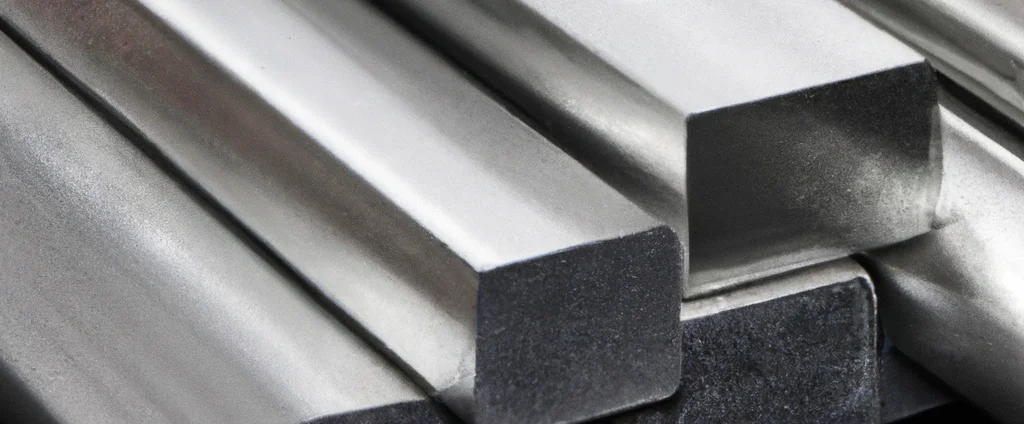Aluminum Alloy 2219 (UNS A92219)

Aluminum 2219 is a premium aerospace-grade alloy in the 2000 series. It offers exceptional strength-to-weight ratio, weldability, and thermal stability, making it ideal for spacecraft, military, and high-stress structural applications.
| Chemical Composition | ||
|---|---|---|
| Element | Min | Max |
| Aluminum | 91.5% | 93.8% |
| Copper | 5.8% | 6.8% |
| Iron | —— | 0.3% |
| Magnesium | —— | 0.02% |
| Manganese | 0.2% | 0.4% |
| Silicon | —— | 0.2% |
| Titanium | 0.02% | 0.1% |
| Vanadium | 0.05% | 0.15% |
| Zinc | —— | 0.1% |
| Zirconium | 0.1% | 0.25% |
| Residuals | —— | 0.15% |
The following table provides a list of aluminum 2219 properties in both SI and US customary/Imperial units.
Click on the button to switch between Metric and Imperial units.
| Physical Properties | Metric |
|---|---|
| Density | 2840 kg/m3 |
| Mechanical Properties | Metric |
| Tensile Strength | 170 - 480 MPa |
| Yield Strength | 75 - 230 MPa |
| Young’s Modulus (E) | 70 - 80 GPa |
| Shear Modulus (G) | 28 GPa |
| Elongation at Break | 10 - 18% |
| Poisson’s Ratio (ν) | 0.33 |
| Brinell Hardness | 90 - 105 HB |
| Thermal Properties | Metric |
| Melting Point | 535 - 650 °C |
| Thermal Conductivity | 116 - 170 W/m·K |
| Specific Heat Capacity (Cp) | 864 J/kg·K |
| Coefficient of Thermal Expansion (αL) | 2.25×10-5 1/°C |
| Electrical Properties | Metric |
| Electrical Conductivity | 1.62×107 - 2.55×107 S/m |
| Electrical Resistivity | 3.9×10-8 - 6.2×10-8 Ω·m |
The values in this table are approximate and can vary depending on various factors such as the specific manufacturing process and heat treatment applied to the alloy.
Advantages & Disadvantages of Aluminum 2219
| Advantages | Disadvantages |
|---|---|
| High strength-to-weight ratio | Susceptibility to stress corrosion cracking |
| Corrosion resistance | Limited formability |
| Fatigue resistance | High cost |
| Good weldability |
Applications of Aluminum 2219
Aluminum 2219’s unique blend of high strength-to-weight ratio, weldability, and thermal stability makes it indispensable for critical applications across industries. Key uses include:
- Aerospace: Commonly used in space vehicles, rocket components, and aircraft structures.
- Military: Particularly valuable for armor plate and high-stress structural components.
- Marine: Its good corrosion resistance makes it suitable for boats, ships, and other watercraft.
- Automotive: Used in high-performance parts including suspension components and wheels.
- Sports equipment: Found in bicycle frames and various sporting components.
- Industrial equipment: Used in cranes, lifting equipment, and structural components.
